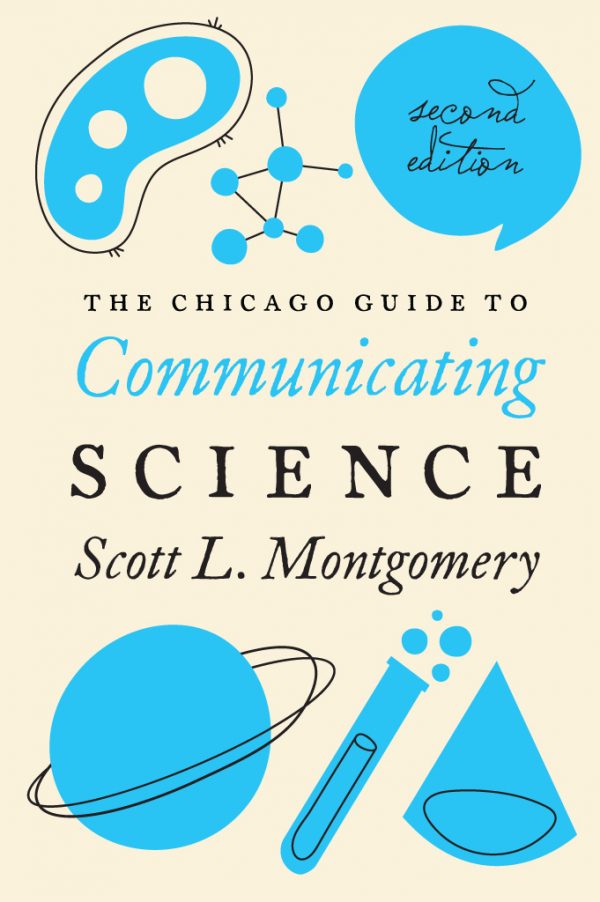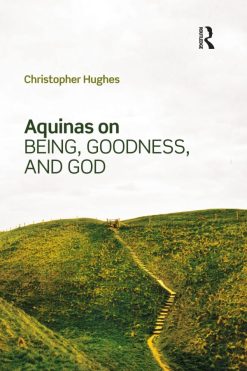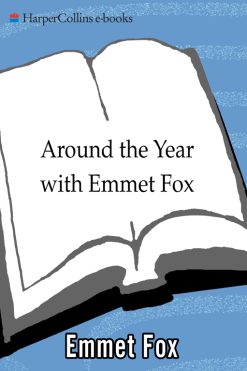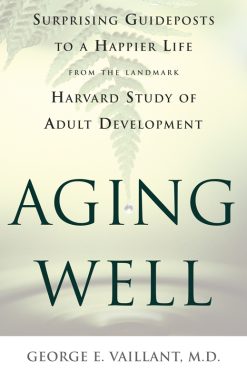For more than a decade, iThe Chicago Guide to Communicating Science/i has been the go-to reference for anyone who needs to write or speak about their research. Whether a student writing a thesis, a faculty member composing a grant proposal, or a public information officer crafting a press release, Scott Montgomerys advice is perfectly adaptable to any scientific writers needs.nnThis new edition has been thoroughly revised to address crucial issues in the changing landscape of scientific communication, with an increased focus on those writers working in corporate settings, government, and nonprofit organizations as well as academia. Half a dozen new chapters tackle the evolving needs and paths of scientific writers. These sections address plagiarism and fraud, writing graduate theses, translating scientific material, communicating science to the public, and the increasing globalization of research.nniThe Chicago Guide to Communicating Science/i recognizes that writers come to the table with different needs and audiences. Through solid examples and concrete advice, Montgomery sets out to help scientists develop their own voice and become stronger communicators. He also teaches readers to think about their work in the larger context of communication about science, addressing the roles of media and the public in scientific attitudes as well as offering advice for those whose research concerns controversial issues such as climate change or emerging viruses.nnMore than ever, communicators need to be able to move seamlessly among platforms and styles. iThe Chicago Guide to Communicating Science/i comprehensive coverage means that scientists and researchers will be able to expertly connect with their audiences, no matter the medium./div
Additional ISBNs:
9780226144504, 022614450X, 9780226144641, 022614464X
No comments yet
Related products
General
Business & Economics
Basic Finance: An Introduction to Financial Institutions, Investments and Management













Review The Chicago Guide to Communicating Science: Second Edition
There are no reviews yet.